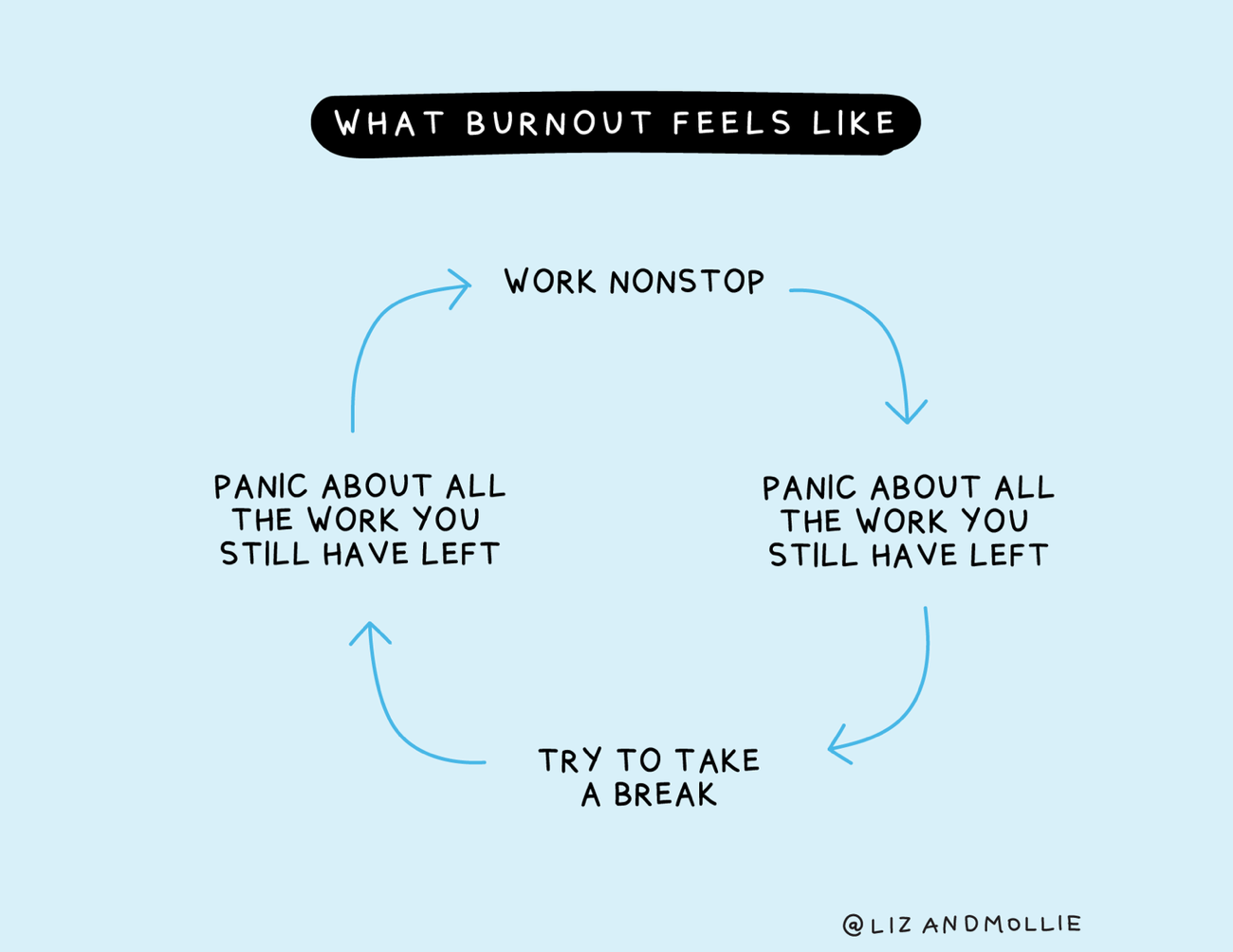Is your organisation headed for burnout? Wellness surveys and Zoom-free days will only get you so far
There’s a lot of talk about burnout these days. It’s not surprising - over the past 18 months we’ve experienced a pandemic that has created a myriad of rules about what we can and can’t do, where we can and can't go and with whom. Add to that a charged political climate and headlines about police violence, race relations, social justice (or the lack thereof), and inequalities in healthcare and education. It’s no wonder that many of us are feeling exhausted, negative, and fed-up.
But wait, there’s more! There’s work! We have deadlines and goals and OKRs that aren’t going away. In fact, in many of the companies that I’ve worked with over the past year the expectations are soaring. ”We don’t want to just hit our targets, we want to exceed them-and our teams are super excited about that!,” has claimed more than one product leader that I’ve talked to over the past year.
And in the back of my mind, I’m thinking, “Sure … and let’s ask our teams to do that while working remotely; with countless hours on video calls that numb the brain, delivered via dodgy technology, while many are home-schooling the kids. I’m sure the teams are pumped!”
A moment later, the same leaders tell me they’re concerned about what is often referred to as “the B-word,” aka burnout. (Despite my reassurances that burnout is not the same as Voldemort - you won't summon it by saying it - many clients still have a hard time actually using the word. Why? Because for many, burnout is a personal failing. A misguided sign that we’re not strong enough; that we can’t do the job. And for leaders who are believers of “servant leadership” admitting to burnout just isn’t an option.)
The concern quickly passed, though, with talk of burnout-beating measures like wellness surveys to monitor the company’s collective mood, company sponsored subscriptions to meditation apps, Zoom-free days and even extra days off. This subscription-based, tactical approach to organisational wellness is all part of a massive corporate wellness industry currently sized in the U.S. at $58.2B, and expected to grow at a compound annual growth rate of 7.0% from 2021 to 2028. (Meaning that by 2028, it is forecasted to be $93.4B).
There’s also a focus on another very popular topic: encouraging team members to do what they need to do to take care of themselves and to practice self-care. When I ask clients what self-care means to them, I’m told that it may be going for a walk, getting away from the computer, eating well, sleeping well, getting a massage, doing yoga, maybe even taking a sabbatical. All good things to help them - and their team members - stay as healthy and well as possible. The underlying message is: “If I stay healthy and so does my team, we can continue to perform. We can beat those goals. Then, we can take a break.” … Until the next time.
From my experience, these burnout-beating wellness programs and self-care tips are coping mechanisms, they’re not a genuine solution to burnout. Think of them as tools used when practicing a more surface level, tactical type of self-care. They may help you get through the day, past the next product release or big strategy session, but they don’t provide you with long-term, sustainable self-care and behaviour change that you need.
True self care can only come from one place: You.
Sustainable self-care comes from a deep connection with yourself, knowing what really works for you, what doesn’t and most importantly why. Self-care comes from loving and respecting yourself because of this knowledge of who you are - warts and all.
From a place of self-knowledge and acceptance we can better connect with self-compassion and self-worth. These are the core elements of self-care that you, me, all of us should be working toward. They are the building blocks we need to begin to develop self awareness, manage imposter syndrome, to build self-empathy and begin to minimise the risk of burnout.
About 10 years ago, I realised that my investment in scented candles, yoga classes, calendar management and mood tracking apps were getting me through the week, but not really making a difference in how I was feeling when I was at work (tired, very negative and disengaged). So, I started trying different ways to understand the root causes of what I was feeling.
I started by capturing triggers that were creating frustrations or slumps in my mood; be it in a journal, back of an envelope or Post-it. My only rule was that it couldn’t go in my computer or phone; the simple practice of interacting with pen and paper helped to start to transition my thinking from stories in my head and emotions to an initial physical reality.
My next step was to try to make sense of what I was capturing, so I started talking to a coach. I found talking to someone who could be a sort of “mirror” to my thinking was a huge help in unpacking all aspects of my life and to really start to build up a better understanding of what I wanted - and needed - my relationship with work to be.
For me, this work eventually led to redefining how I work entirely and resulted in my move from a full-time product leader to a consultant, advisor and coach. (Perhaps the riskiest, but best professional and personal decision I ever made, by the way).
So when you’re thinking of how to help you or your team beat burnout, please back away from the mindfulness app subscriptions and even the extra days off (after all, the same work will be waiting for you when you get back). Stop thinking of coping strategies and ideas of servant leadership as the answer to keeping performance high and your team afloat. Begin to embrace a relationship with yourself. Examine your relationship with work. Model that behaviour to your team. Show that sustainable self-care comes from a truly authentic source - you.
Why not get started now? I offer one-to-one and group coaching to help transform the way we work, team and lead in product organisations. Drop me a line to learn more.
Subscribe to Product Leadership Essentials
Sign-up to my email newsletter to learn more about how to better understand and build your authentic Product Leadership skills.

